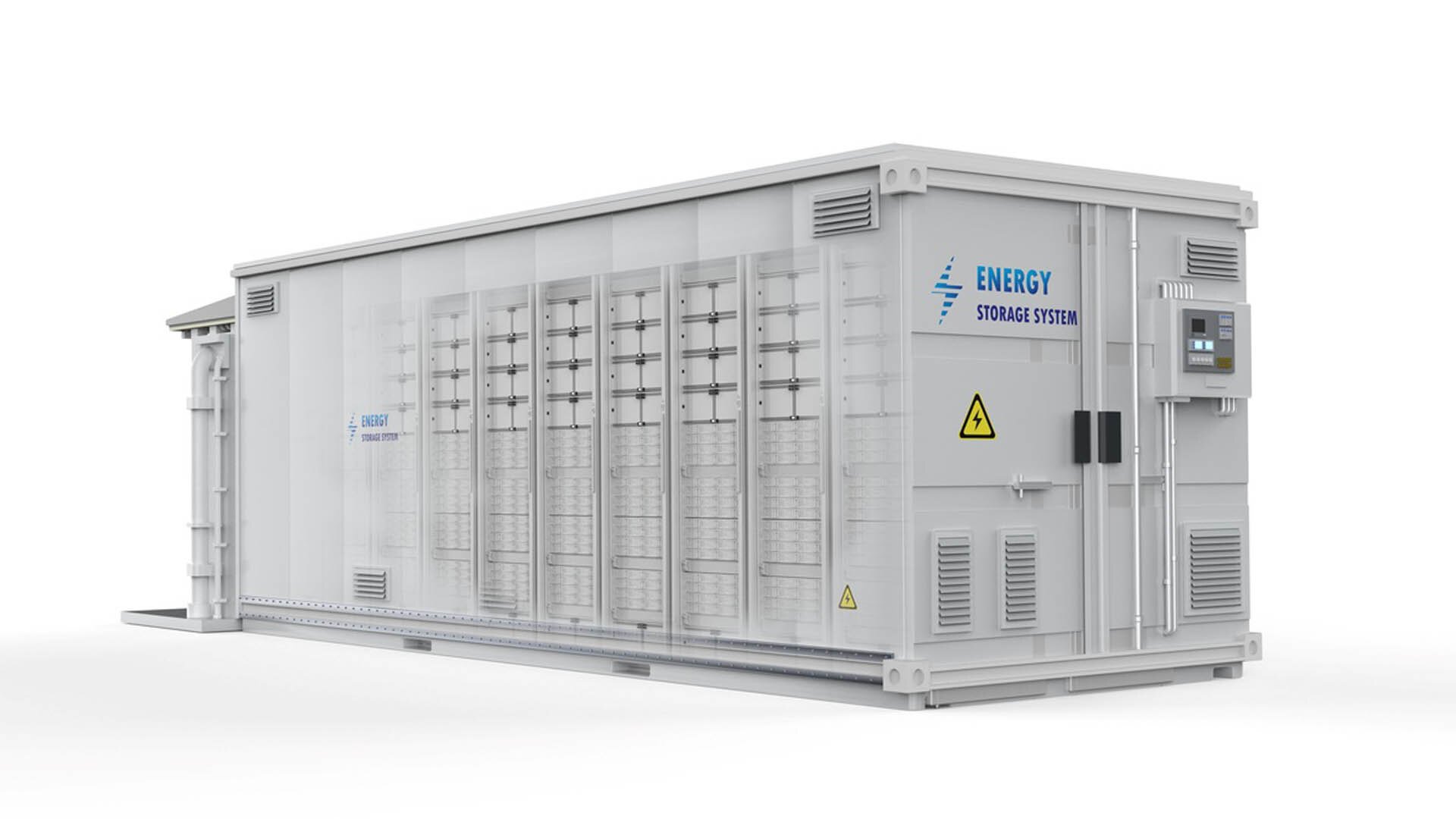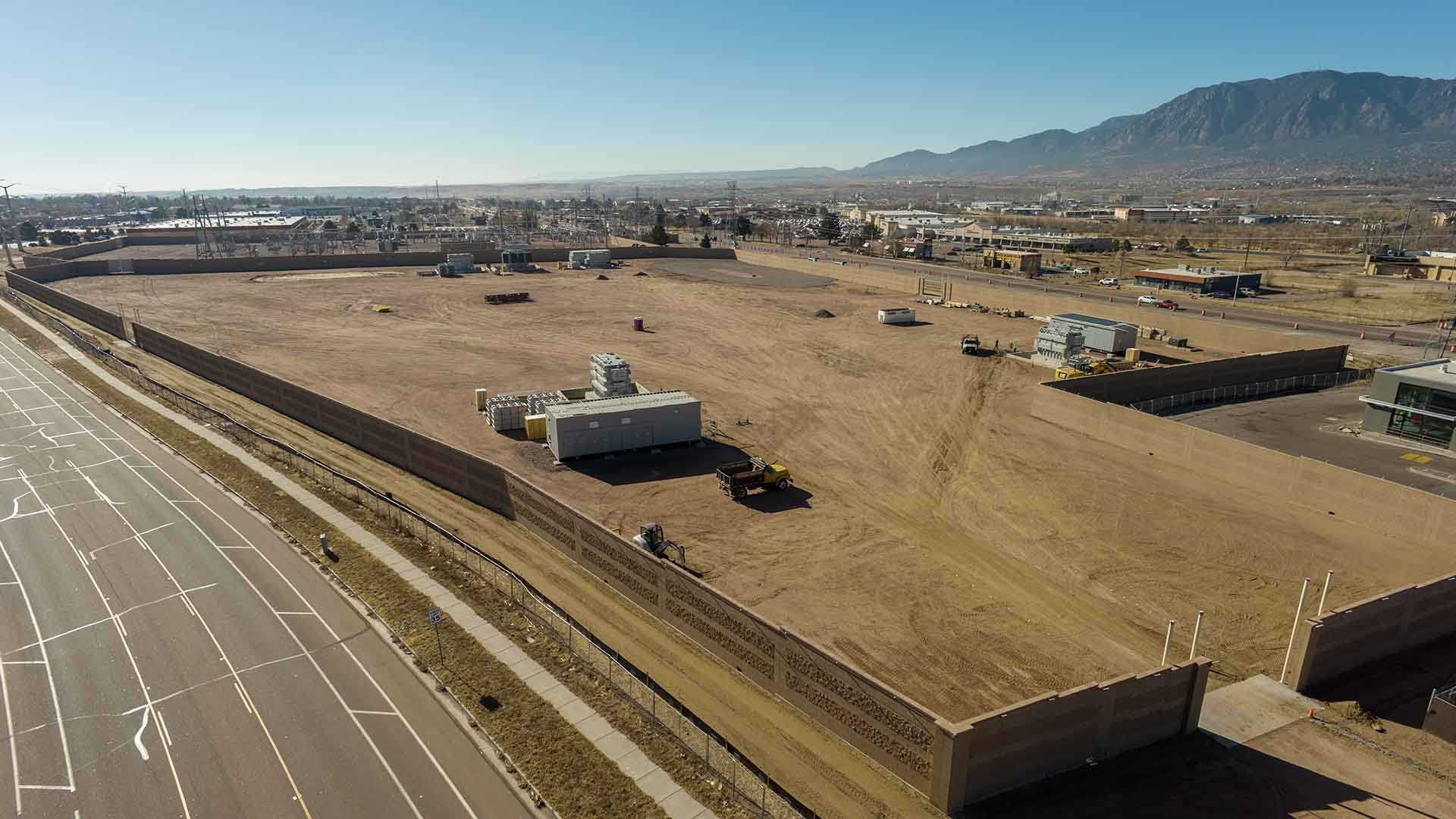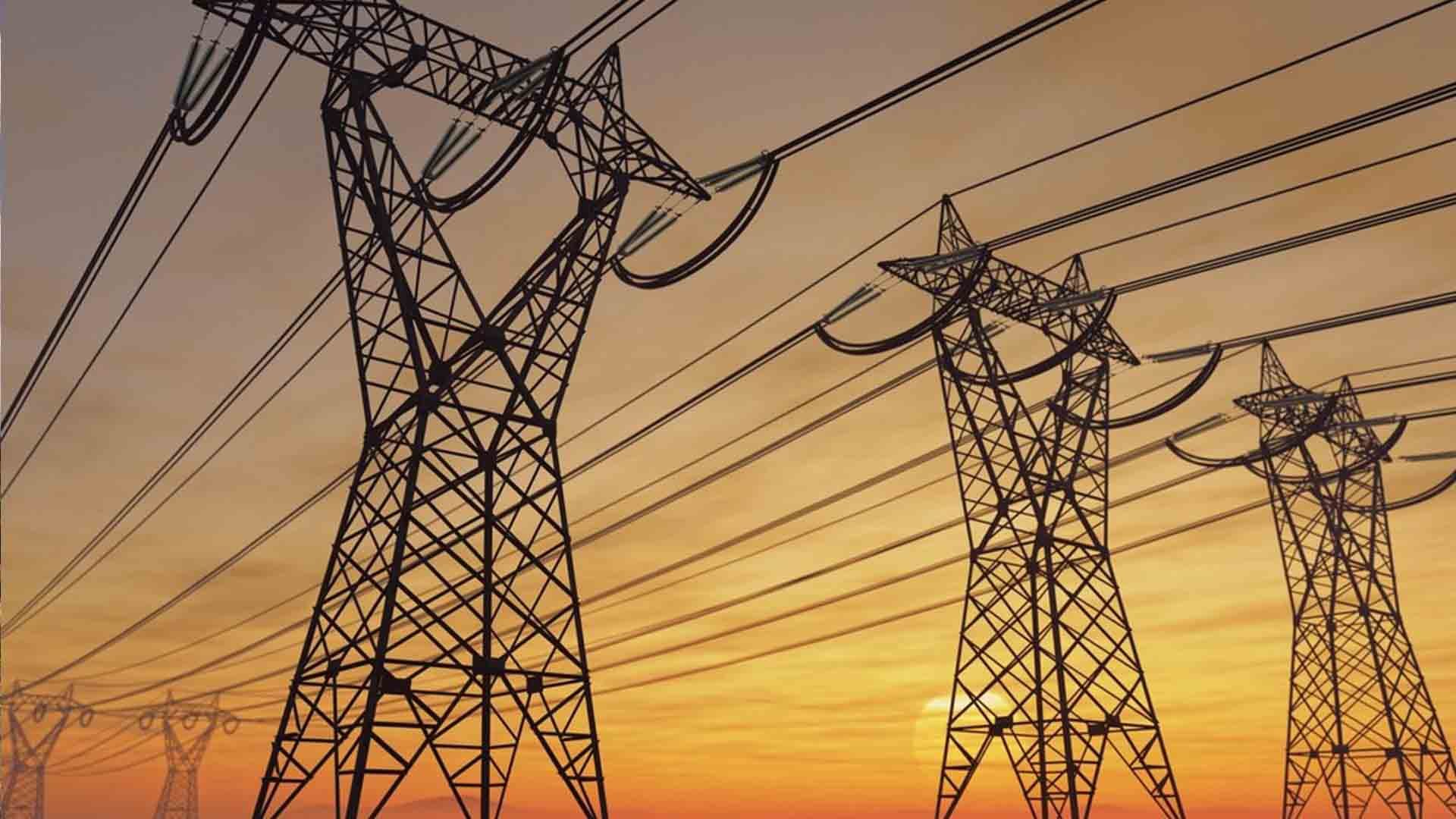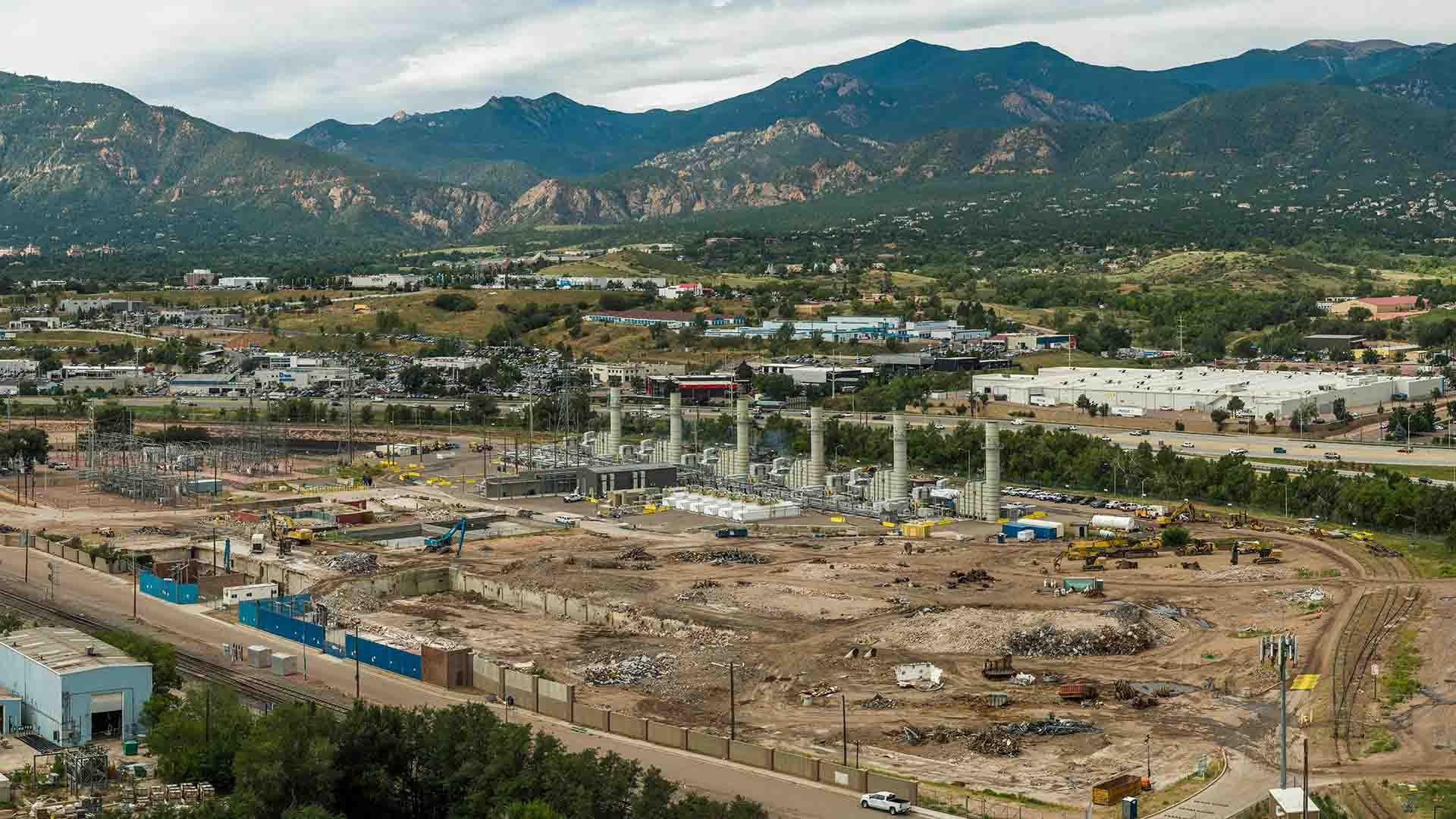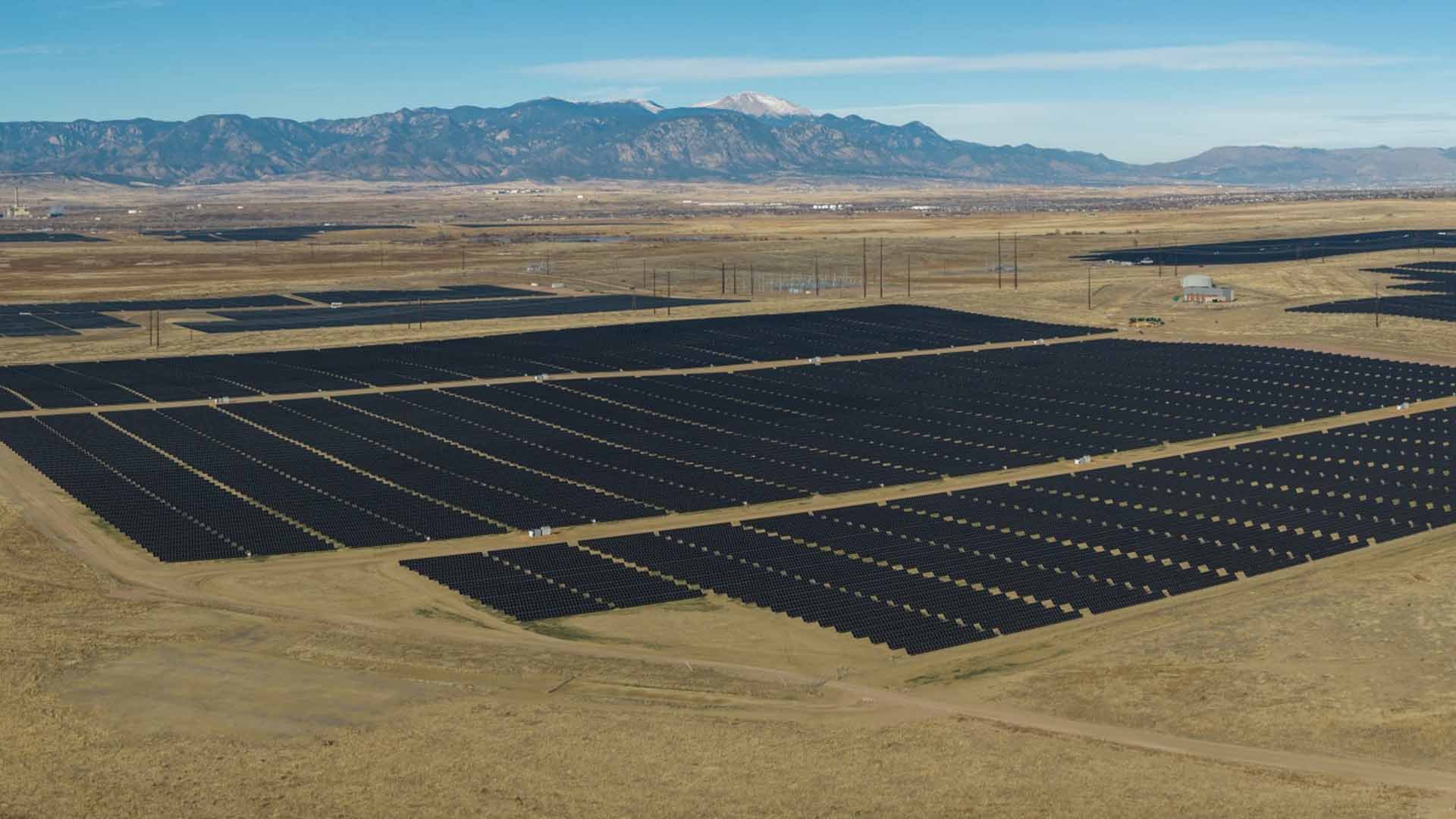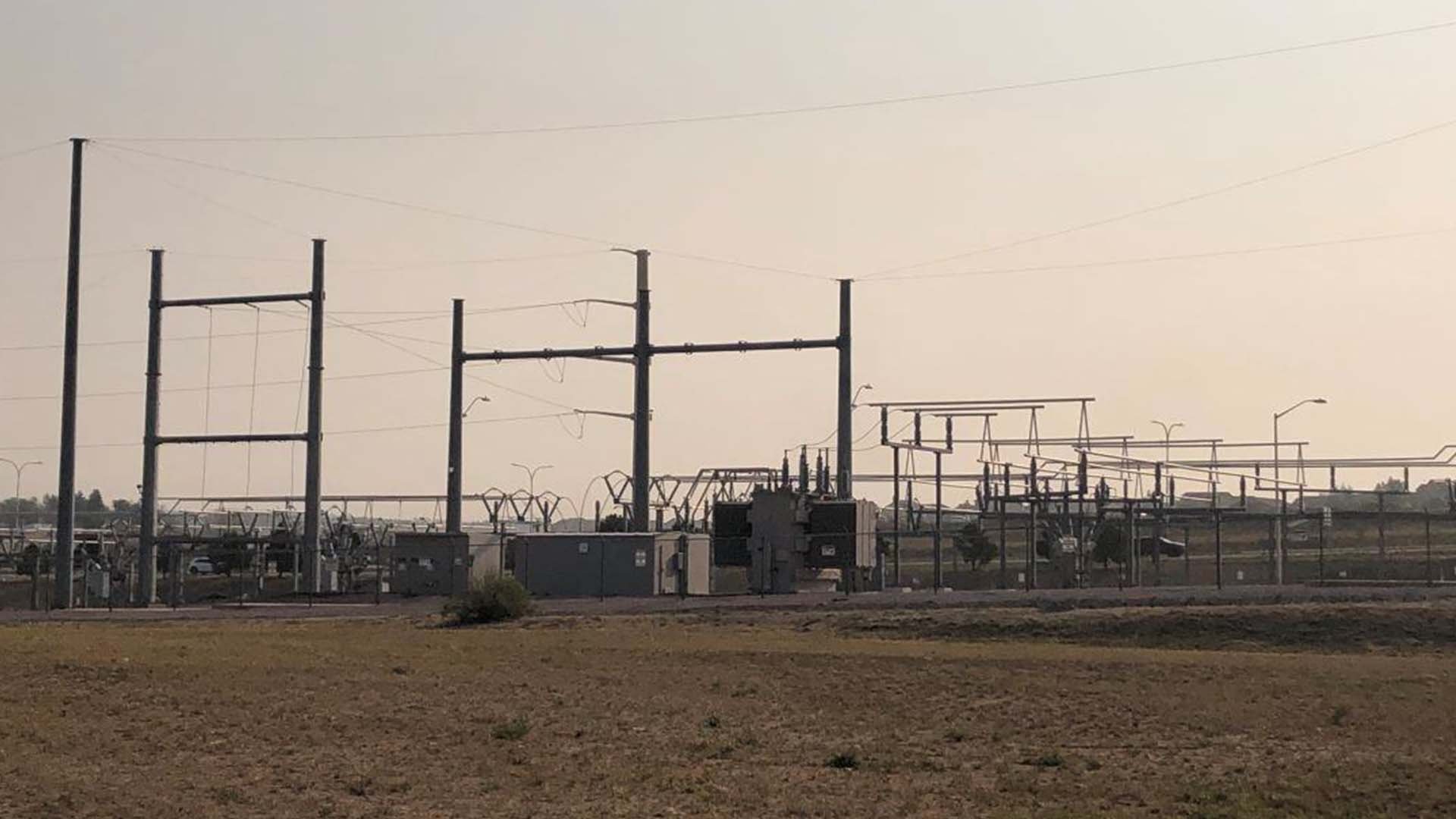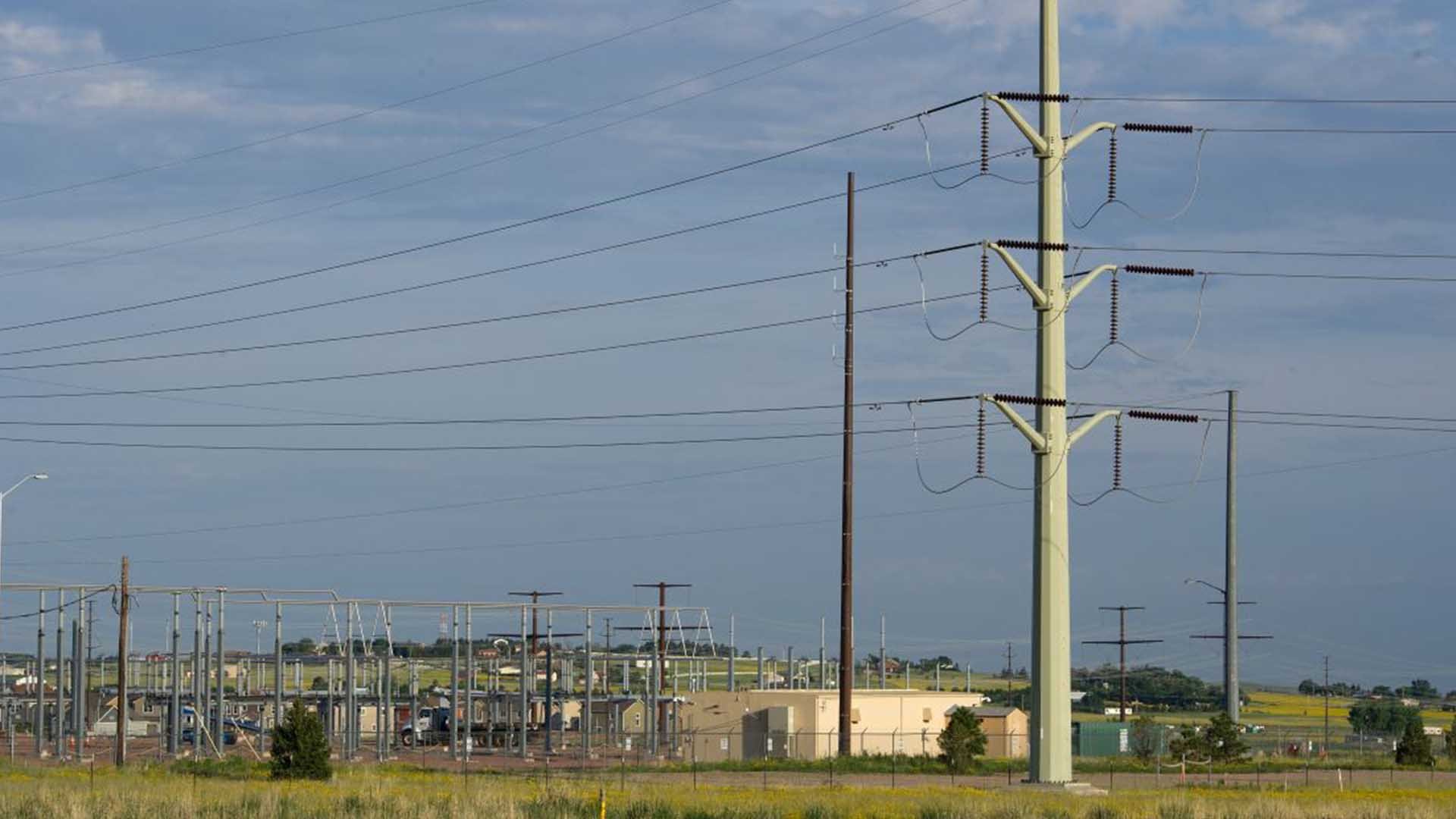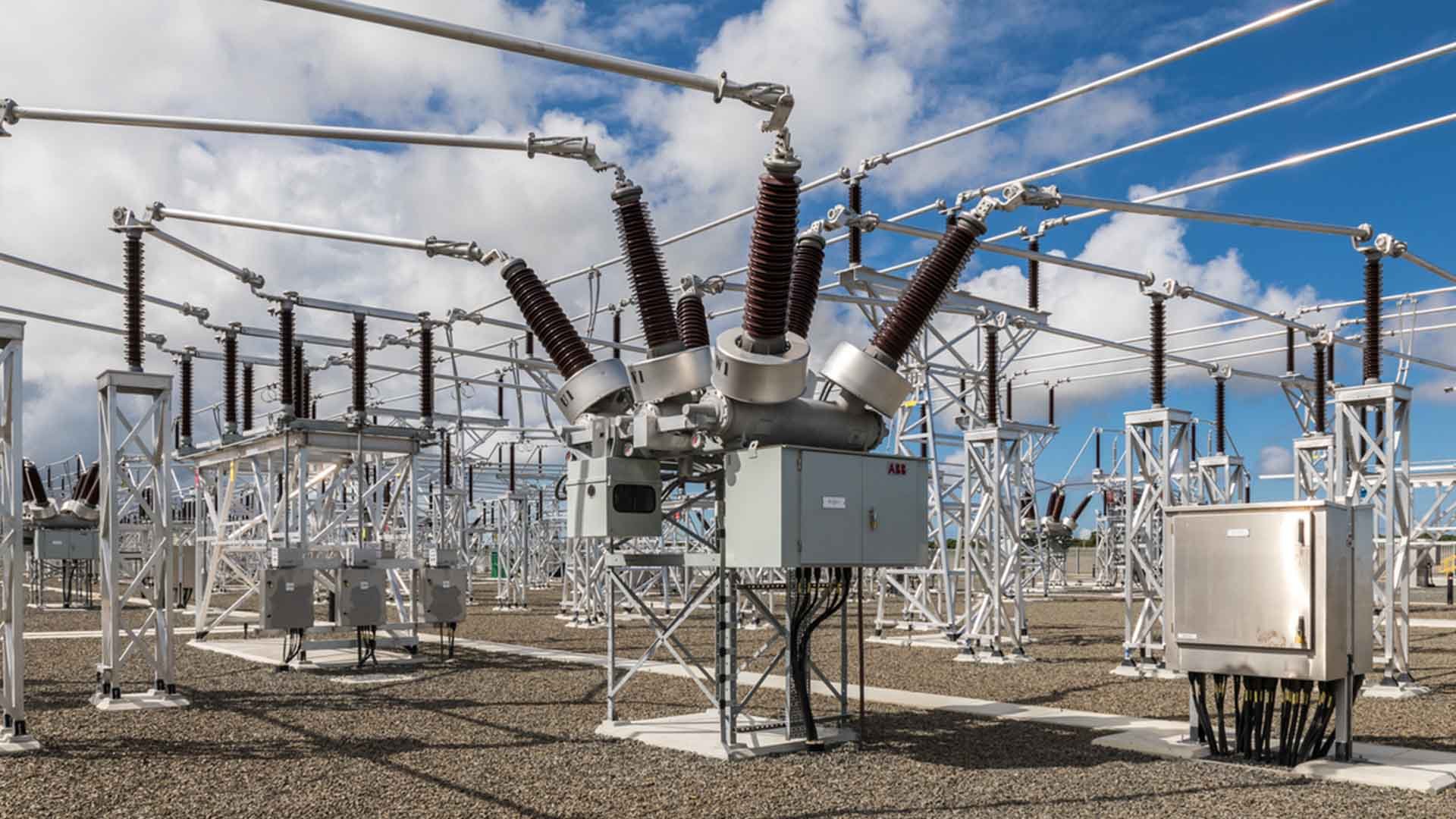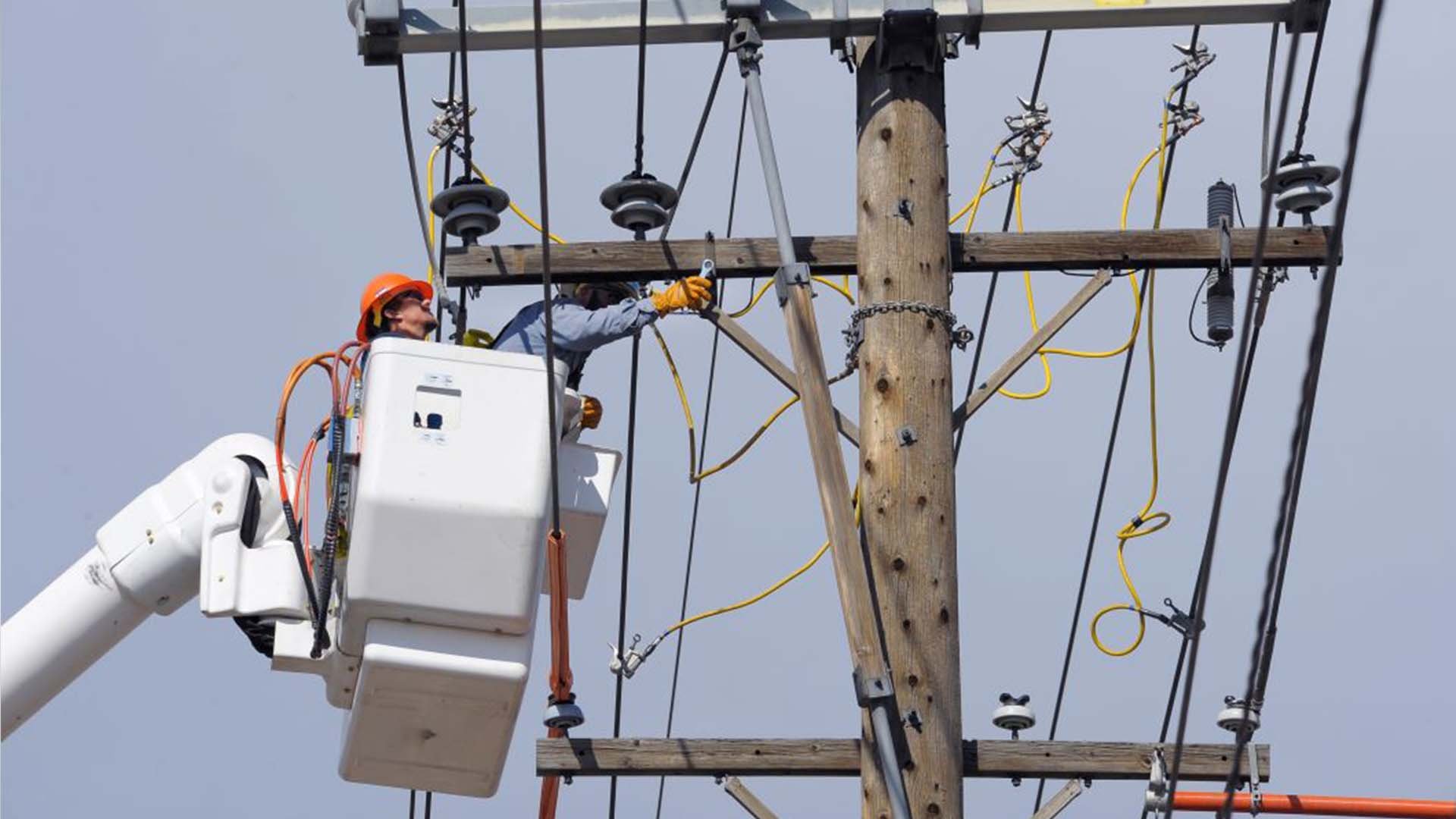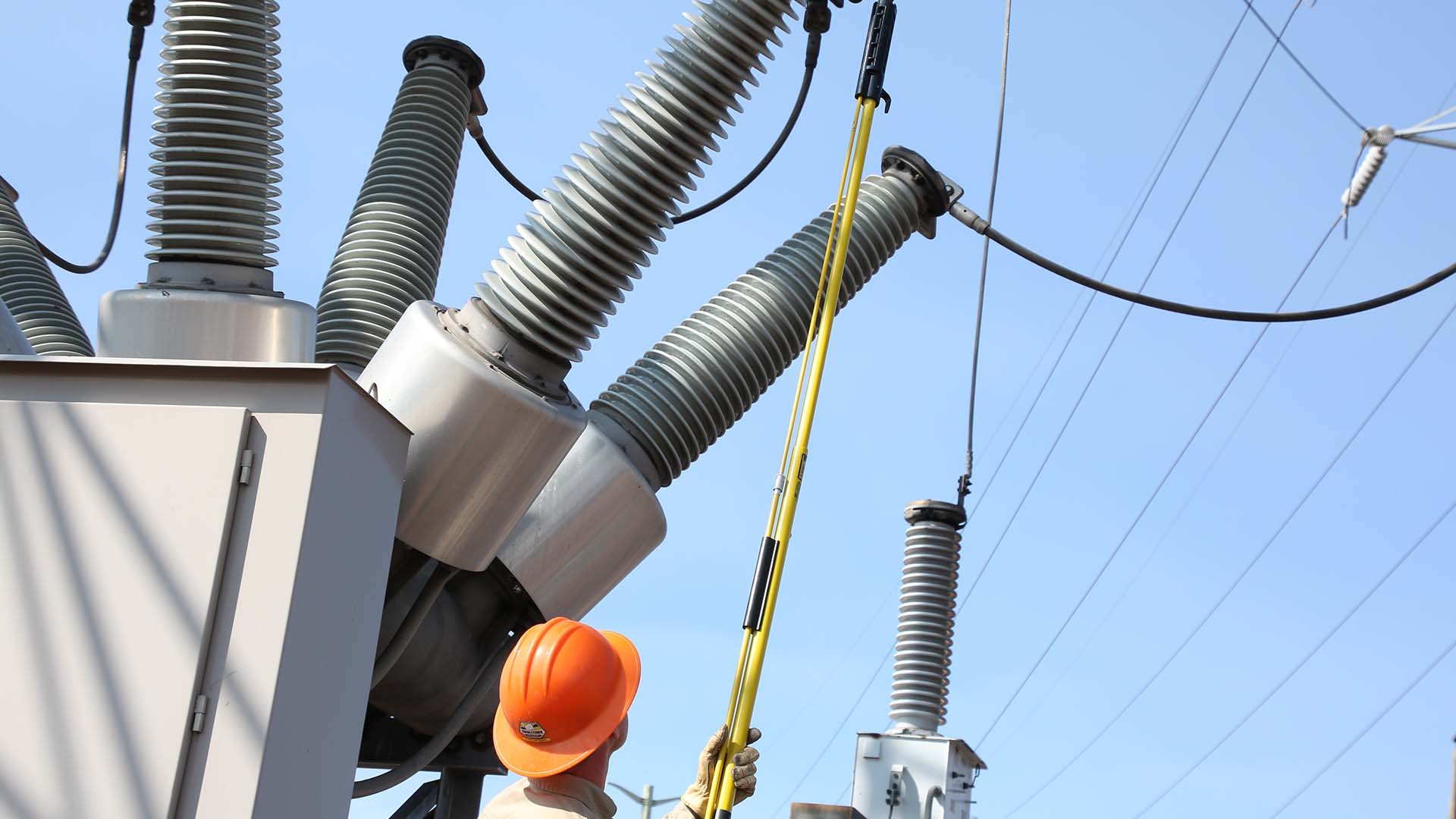We currently have three substations serving large parts of central Colorado Springs. Unfortunately, these substations are rapidly aging and were built years ago when our city was much smaller and customer needs were drastically different.
As the area around these older substation sites developed, the existing locations are severely space constrained to build out the upgrades. Of greater concern, the equipment in these aging substations is becoming difficult and unsafe to maintain and cannot be upgraded to meet current and future demand in the allocated space.
This will impact the long-term reliability of electrical service for your area. By combining the three aging substations into one site at a new location, we are implementing an innovative, optimized solution to satisfy urgent needs around safety, reliability and cost.
Based on a recent study, an average population annual growth rate of 2% is expected in the next 50 years.
Substations represent the central nervous system for our electric grid. Power cannot be reliably and safely delivered to your homes and businesses without substations. In simplest terms, substations transform voltage from high to low or from low to high, as needed. As we pursue a more carbon-free energy future within the next decade, the size, adaptability and location of substations continue to grow in importance.
This project will consolidate three electrical facilities, two of which are nearing their end-of-life (Candlewood and Cragmor substations) and minimize the need for costly transmission line extensions. The aging stations that will be decommissioned were built in the 1950s and 1960s. The new equipment in the consolidated substation will be much more efficient.
The Central Bluffs substation will enhance electric service for customers currently being served by the Candlewood (approximately 3,900) and Cragmor (approximately 2,500) substations.
Substation wires will be overhead primarily for cost reasons and to minimize disruption to the surrounding neighborhood. There are already existing overhead transmission lines near the project site.
Ideally, the least impactful solution for consolidating the aging substations would be to expand Templeton substation, which is adjacent to Palmer Park and geographically right in the middle of the two aging substations. After conducting extensive research, it was determined that this location could not be expanded as a result of the Palmer Deed restrictions recorded against the property.
After an extensive evaluation of the project needs and potential sites, we selected the site near Austin Bluffs Parkway and Goldenrod Drive because it was the most operationally and economically compatible option. Each site was evaluated for community impact, electrical system reliability, and its ability to transmit and distribute long-term, dependable energy.
Other considerations included operational compatibility, flexibility, cost and accessibility. Other sites were rejected due to significant operational and neighborhood impacts due to limited access, project economics, small parcel sizes, design challenges and distance from existing infrastructure.
The selected site is adjacent to an existing high voltage transmission corridor, provides multiple access points and provides enough space for current and future technology. The new substation will connect to the existing electrical feeds currently served by the three aging stations that will be retired.
Considering the project urgency and limited site options, we are proceeding with the site at Goldenrod and Austin Bluffs Parkway. Approval for rezoning the parcels purchased and other permits are still in process.
To ensure the safety of neighboring customers, we will be performing an EMF study, though results are not yet available. The Colorado limit for EMF at the edge of a project Right of Way is 150 mG. For some context, please note electromagnetic fields six inches from common home appliances are: vacuum cleaner 300 mG; microwave 200 mG and garbage disposal 80 mG.
The buildings purchased will be removed to make way for the new substation and to allow adequate spacing between the substation and homes.
Locating a new substation within an already established area is very challenging. There are limited options, and our mission is to provide a solution that strikes a balance between neighborhood preservation and electric system reliability. We are not aware that values of Colorado Springs properties adjacent to a substation have decreased or will decrease in the future.
The reported silt fence will be evaluated during construction and disposed of as necessary.
Traffic and construction plans have not been determined yet, but our standard practice is to focus on neighborhood safety, commuter safety and to minimize impacts on properties during and after construction.
The project will be managed in accordance with permit and regulatory requirements, including noise and dust.
Work hours are typically 7 a.m. to 5 p.m. weekdays, though we will be more certain of the work hours closer to construction. Weather and other factors may affect this schedule.
We will comply with the City of Colorado Springs’ noise ordinance during and after construction.
Based on a preliminary evaluation, noise will be below the state and local decibel thresholds of 50 dB measured 25-ft from the substation property line. Comparatively, a washing machine has a decibel output of about 70 dB.
We expect the substation will produce less noise, light and traffic than the existing commercial development. There will be minimal light used at this site unless emergency repairs are required at night.
At this time, we plan to construct a wall that is at least eight feet tall around the Central Bluffs substation site. For comparison, the existing Templeton Substation, located in Palmer Park near Austin Bluffs Parkway, currently has a short masonry retaining wall around it coupled with a chain link fence (approximately 8’ tall) with barbed wire.
NOTE: The Templeton Substation will be decommissioned after the completion of the Central Bluffs substation project.
Visual impacts will be offset by an 8-foot wall (or taller) and surrounding landscape features. The exact height of the wall and landscaping features will not be known until the design is complete. Use the links at the top of this page to view renderings of the substation.
We are still considering options to maintain the trail and ramps, as we understand this is important to the community. We will have more information when we submit the development plan on the proposed plan for the trail and ramps.
We intend on keeping as much healthy vegetation as possible and will only remove trees that are necessary for the project.
We will only remove trees that are necessary for the project. Utilities has a well-developed raptor protection program. Prior to construction, we perform a nesting survey. Under the federal Migratory Bird Treaty Act, trees that have nests cannot be removed during the nesting season.



